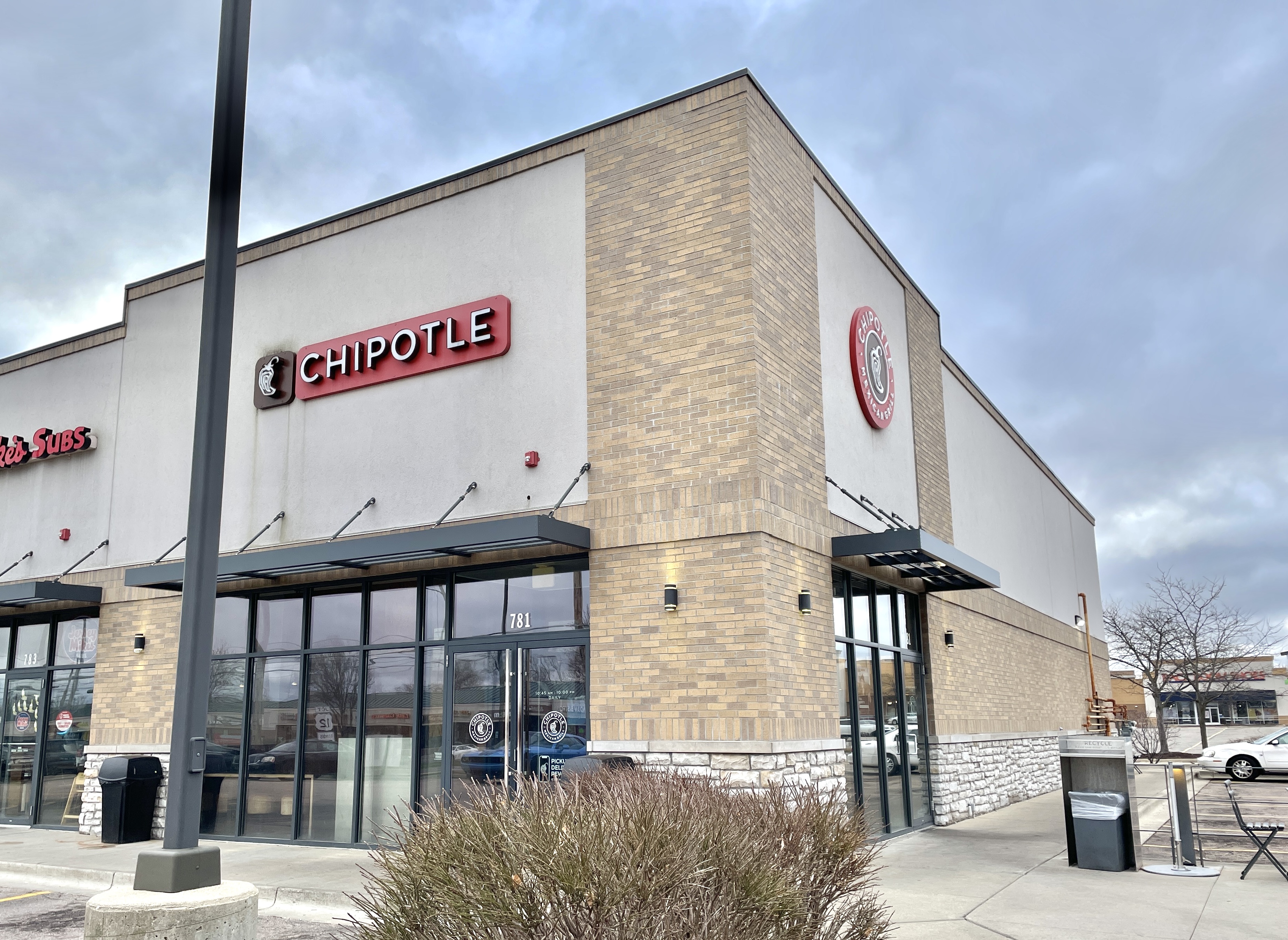Walk into any Chipotle in the afternoon, and you’ll see students lined up, backpacks slung over their shoulders, debating whether to get a burrito or a bowl. For many teens, Chipotle isn’t just a place to eat, it’s a staple of their routine.
“Chipotle’s food just hits different—it’s always high quality and consistently delicious,” said one high school sophomore.
Whether it's a pre-practice snack, a post-exam treat, or a hangout spot for friends, the chain has become an essential. But Chipotle's popularity is not just about taste. The company has developed a business model that keeps students coming back, with a formula of customization, clever marketing, and online engagement.
The Business Model: Fast, Fresh, and Customizable
With continuous growth, Chipotle's fast-casual dining concept is worth a closer examination. Essentially, Chipotle's business model is built on fast, fresh, and made-to-order food. Unlike fast-food restaurants like McDonald's or Taco Bell, where the meal is pre-prepared, Chipotle allows the customer to design their meal exactly as they'd like it.
This "build-your-own" concept is a massive draw for Gen Z, who prefer customized experiences over one-size-fits-all. Whether it's getting extra chicken, holding the rice, or loading up on guac, the ability to control what goes into their food makes students feel like they're getting a meal that's tailored to them.
Chipotle also positions itself as a healthier fast food choice by using organic, hormone-free, and sustainably sourced ingredients. While a burrito loaded with all the fixings can be as calorie-dense as a burger and fries, the brand's messaging encourages a health perception that appeals to students looking for a "better" food option.
Marketing: How Chipotle Hooks Teens
Beyond the food itself, marketing and digital engagement drive Chipotle's popularity among high schoolers. Unlike older restaurant chains that rely on TV advertising, Chipotle has succeeded in meeting Gen Z where they spend most of their lives—social media.
Social media platforms like TikTok, Instagram, and Snapchat are a big component of Chipotle's advertising. Viral menu hacks, such as the unofficial "quesarito" (a burrito wrapped in a quesadilla) or the "$3 burrito bowl trick," have gone viral online, generating free publicity. Chipotle also engages with influencers to promote new menu items and limited-time promotions, making the brand seem contemporary and cool.
All of this digital-led approach has been a key contributor to Chipotle's success in staying relevant to younger diners. Another successful strategy Chipotle uses is its Rewards Program, which incentivizes repeat visits by offering points for every purchase.
These points are redeemable for free food, which encourages students to visit Chipotle over the competition. This is a classic example of a loyalty program, a marketing strategy in which repeat customers are rewarded in an effort to increase brand loyalty. In a press release, Chipotle revealed there are over 30 million people enrolled in its Rewards Program, showing just how effective it is at keeping customers coming back.
Chipotle also knows how to create a sense of urgency with limited-time offers. Limited-time offers, such as free guacamole on National Avocado Day or the annual "Boorito" Halloween promotion, get more students through the doors. Limited-time offers provide teens with the perception that they need to act fast to get a deal, boosting sales.
Moreover, Chipotle's mobile application provides the ease of ordering ahead and bypassing the line, a very convenient option for time-constrained teens who do not wish to spend time waiting in line.
Sales & Revenue
Financially, Chipotle's strategy is working. In its 2024 annual report, the company announced $11.3 billion in revenue, with same-store sales increasing 7.4% year over year. With more than 3,700 locations and impressive revenue growth, Chipotle remains strong and competitive.
Former CEO Brian Niccol credited this growth to a trifecta of quality food, digital convenience, and brand loyalty. As Investors Business Daily quoted, Niccol stated, "We want to give every customer a great experience every time."
Chipotle’s consistent focus on customer experience and product differentiation had given it a competitive advantage in the fast-casual dining industry.
Why Do Teens Keep Coming Back
So why do teens in particular keep coming back? It comes down to a mix of convenience, brand reputation, and social influence. With a location near the school, Chipotle is an easy and well-known choice. The fact that it's seen as a "better" fast food option makes teens feel good about what they're putting in their bodies, and the ability to customize their meal to their liking keeps it from getting boring.
There's a social aspect, as well, as Chipotle is a common meeting spot for teenagers after games, clubs, or study groups. Chipotle's popularity is a textbook example of why understanding your target audience is everything in business.
By catering to the needs of Gen Z for speed, customization, and digital engagement, Chipotle has built its loyal customer base that includes many teens. The challenge going forward will be maintaining its advantage with the entry of newer players into the fast-casual segment. For the time being, however, one thing is sure. For teens, Chipotle is here to stay.
Sources:
- Chipotle Mexican Grill. (2023). Chipotle Launches New Rewards Perk “Freepotle” and Gives Fans the Chance to Win Free Chipotle for a Year at All Restaurants in the U.S. and Canada. Chipotle Newsroom. Available at: https://newsroom.chipotle.com/2023-01-09-CHIPOTLE-LAUNCHES-NEW-REWARDS-PERK-FREEPOTLE-AND-GIVES-FANS-THE-CHANCE-TO-WIN-FREE-CHIPOTLE-FOR-A-YEAR-AT-ALL-RESTAURANTS-IN-THE-U-S-AND-CANADA (Accessed 5 Apr. 2025).
- Chipotle Mexican Grill. (2025). Chipotle Announces Fourth Quarter and Full Year 2024 Results. Chipotle Newsroom. Available at: https://newsroom.chipotle.com/2025-02-04-CHIPOTLE-ANNOUNCES-FOURTH-QUARTER-AND-FULL-YEAR-2024-RESULTS (Accessed 6 Apr. 2025).
- Campbell, D. (n.d.). Chipotle CEO Brian Niccol Listens While He Works. Investor’s Business Daily. Available at: https://www.investors.com/news/management/leaders-and-success/chipotle-ceo-brian-niccol-listens-while-he-works/ (Accessed 4 Apr. 2025).
- CNN Business. (2022). Chipotle Closes Unionizing Store in Maine. Image. Available at: https://www.cnn.com/2022/07/19/business/chipotle-union-store-closure/index.html (Accessed 5 Apr. 2025).
- Chipotle Mexican Grill Europe. (n.d.). The Cult US Fast Food Chain That’s Quietly Taking Over London. Image. Available at: https://newsroomeu.chipotle.com/The-Cult-US-Fast-Food-Chain-Thats-Quietly-Taking-Over-London (Accessed 6 Apr. 2025).

Interesting to see how their digital presence has contributed so largely to their success amount teens. Great article!
ReplyDelete